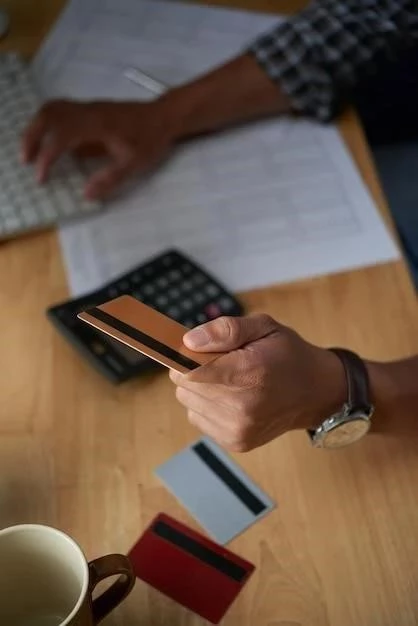Understanding the Dangers of Overspending
Overspending can lead to a vicious cycle of debt, causing significant financial stress and damage to your credit score. It’s essential to recognize the warning signs of overspending, such as consistently maxing out your credit card, making impulse purchases, and ignoring budget constraints.
By acknowledging these red flags, you can take proactive steps to avoid the dangers of overspending and maintain a healthy financial lifestyle.
The Temptation of a $0 Balance Credit Card
A $0 balance credit card can be a double-edged sword. On the one hand, it’s a great feeling to have no outstanding debt. On the other hand, it can create a false sense of security, leading to overspending and a “spend now, worry later” mentality.
This temptation can be especially strong when you’re not paying attention to your expenses or have a lack of self-control. It’s crucial to remember that a $0 balance is not a license to splurge, but rather an opportunity to maintain a healthy financial habit.
Setting Boundaries for Responsible Spending
Establishing clear boundaries is key to avoiding overspending. Set a realistic spending limit, prioritize needs over wants, and allocate funds for savings and debt repayment.
By defining your financial constraints, you’ll be more mindful of your spending habits and better equipped to make responsible financial decisions.
Creating a Budget and Tracking Expenses
To effectively manage your finances, create a comprehensive budget that accounts for all income and expenses.
Track your spending habits using a budgeting app, spreadsheet, or simply a notebook.
Categorize expenses into needs (housing, food, utilities) and wants (entertainment, hobbies).
Regularly review your budget to identify areas for improvement and make adjustments as needed.

Practical Strategies for Avoiding Overspending
Implement the 50/30/20 rule: allocate 50% of your income towards necessary expenses, 30% towards discretionary spending, and 20% towards saving and debt repayment.
Use cash for discretionary purchases to avoid overspending and create a sense of accountability.
Set up automatic transfers to your savings or investment accounts to prioritize long-term financial goals.
Practice delayed gratification by waiting 24 hours before making non-essential purchases to assess their necessity.








